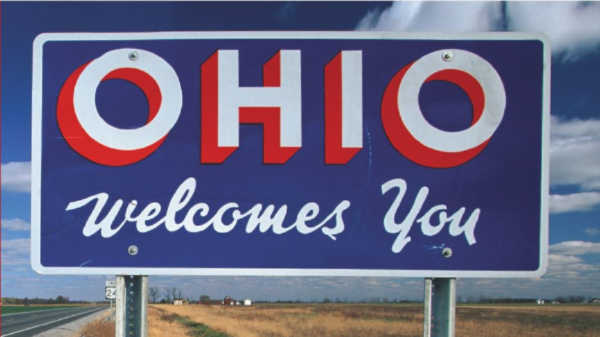The prevalence of locally grown crops remains a boon to Ohio suppliers, retailers, and consumers.
The bounty usually begins arriving at the terminal markets in May and June, continuing for several months.
“The homegrown deal on vegetables winds down in September, and we do really well,” said Lou Silvestro, category manager for Economy Produce & Vegetable Company, Inc. in Cleveland. BB #:102471.
Sweet corn and tomatoes may lead Ohio in vegetable acreage, but the state produces a broad range of items. Kirk Holthouse, vice president of Holthouse Farms of Ohio, Inc. BB #:102784 in Willard and North Fairfield, calls peppers, cucumbers, squash, and eggplant the company’s “bread and butter.”
Northern Ohio is also a significant producer of carrots, green onions, and radishes.
“In my opinion, radishes grown on muck dirt do better than in sand or other soils,” said Jeff Walker, in sales at T C Marketing, Inc. BB #:126889 in Napoleon. “You just seem to get a nicer colored radish, and muck dirt seems easier to work in.”
Ohio shippers also have a homegrown apple deal.
“We see Ohio apples starting with smaller orchards in southern Ohio, moving up to the north,” said Alice Chalmers, founder and general manager of Local Food Connection. The Cincinnati food hub is leveraging consumer interest in all things local, sourcing from more than 80 farms in Ohio and Kentucky to serve Dayton, Cincinnati, Louisville, and Lexington.
Fresh Cuts
Michigan and Ohio State may be longtime college football rivals, but northern Ohio’s produce industry is long linked with Michigan’s muck crops region. There’s also a regional history of growing for canners—predominantly pickles and sauerkraut—and more recently for the fresh-cut market.
Growers for the fresh-cut deal are seeing strong demand for Midwest product, even while constantly navigating the region’s weather. This played out in the state’s 2018 cabbage deal—Ohio cuts around 1,000 acres annually—as unusual weather patterns hit key planting and harvest windows.
This is an excerpt from the most recent Produce Blueprints quarterly journal. Click here to read the full version.
Mark Jewell, in sales at Cabbage, Inc. BB #:129087 in Cincinnati, says only 65 percent of Ohio’s 2018 cabbage crop was harvested. Grown around Elmore, near Toledo, harvest usually lasts well into November.
Still, Jewell predicts Ohio will maintain acreage for fresh-cut product next year, perhaps even expanding—because cabbage, lettuce, and kale enjoy a location advantage.
“We did some trials on iceberg and romaine in Elmore. The plan is [to have] a lot more lettuce for next summer, in 2019,” predicts Jewell. “We’re trying to do it, to make it work—it’s just more volatile with the weather.”
Customer demand is driving this particular change in crop mix. Jewell says both iceberg and romaine are significant sellers on the East Coast and with high cross-country shipping rates, it makes sense to source from the Midwest rather than the West Coast.
With far less food miles, Midwest product would be fresher, too.
“In 2019, we’re looking at having lettuce from Ohio in July, August, September, and October,” he said, though this is barring any severe temperature fluctuations or weather events.
This is an excerpt from the most recent Produce Blueprints quarterly journal. Click here to read the full version.



